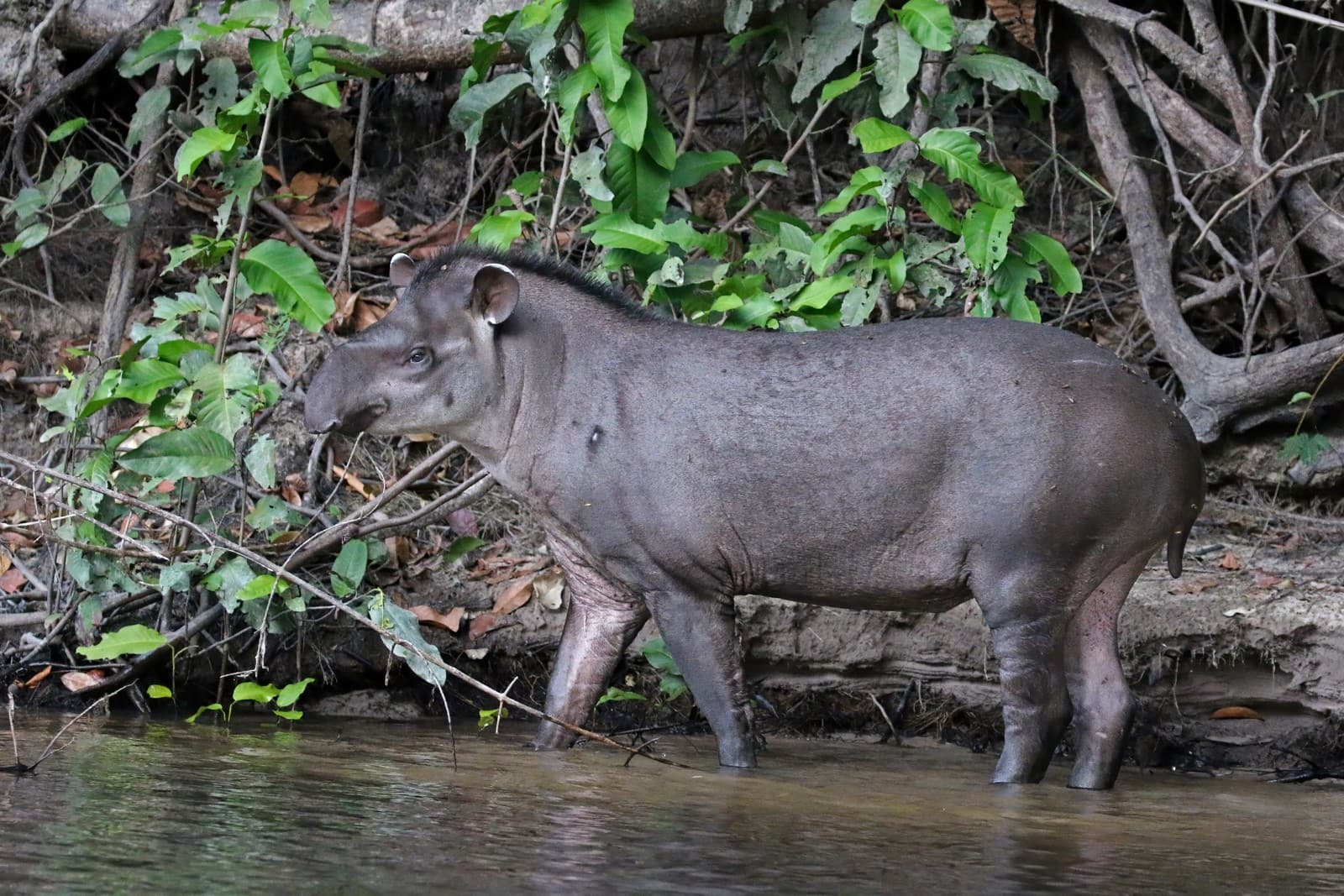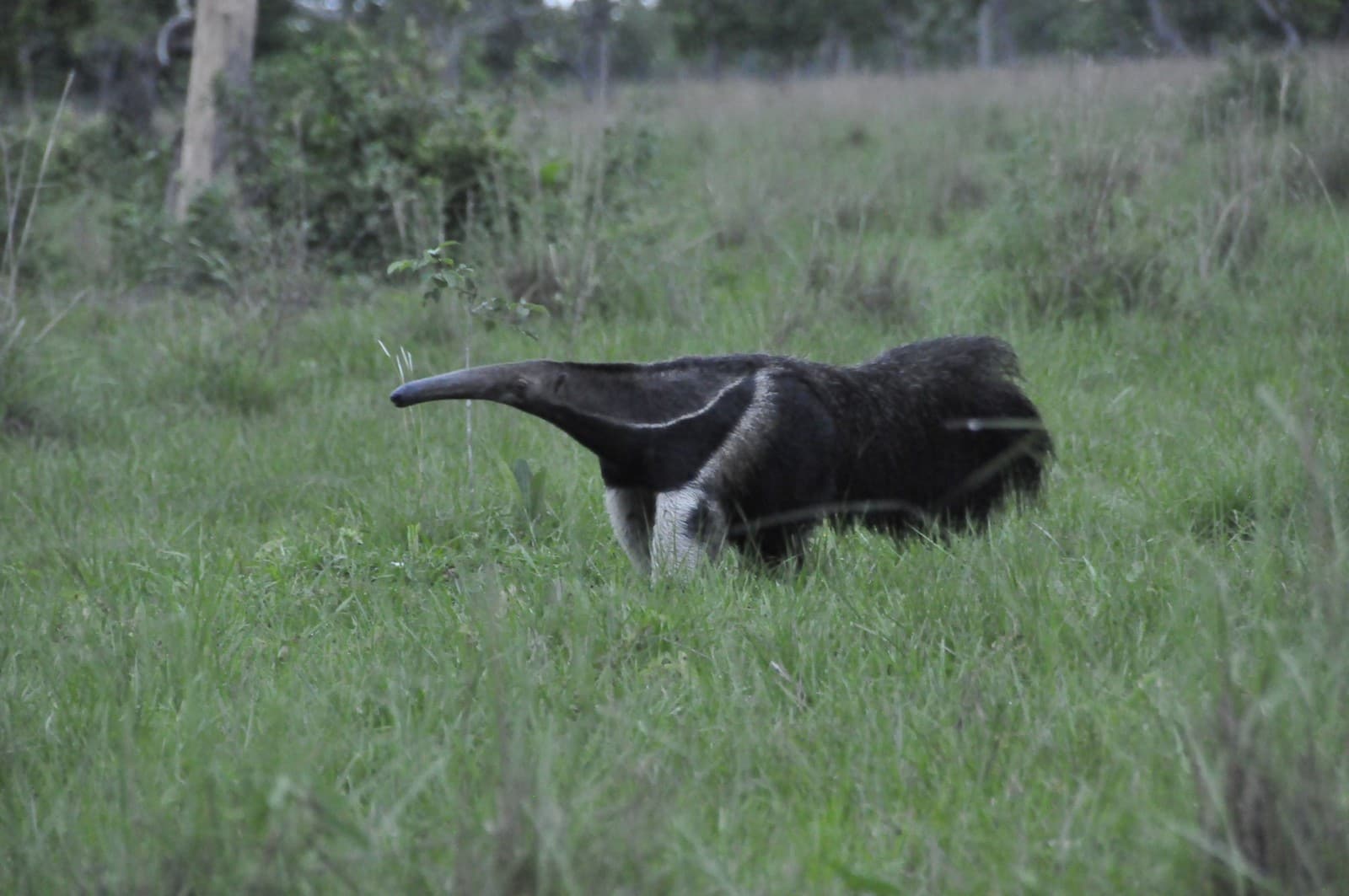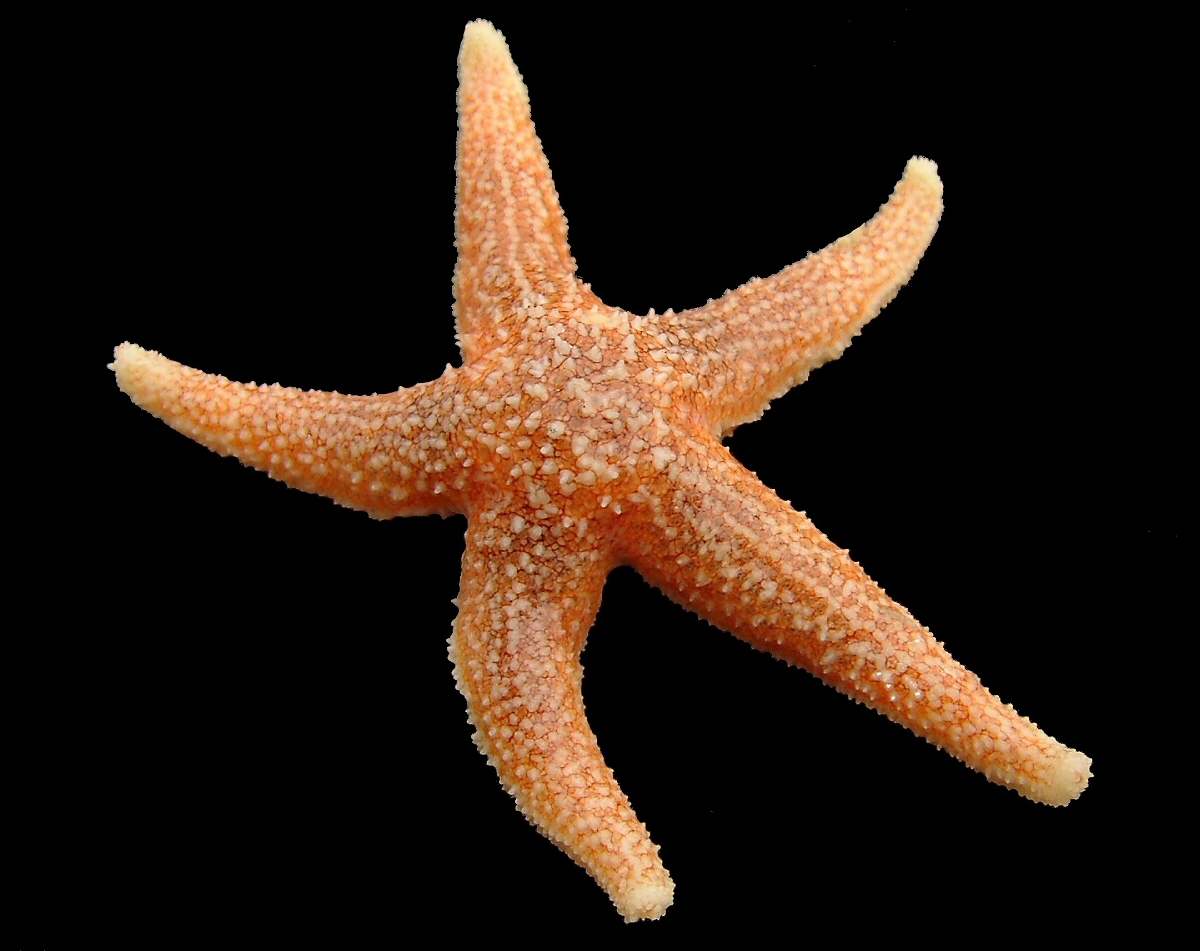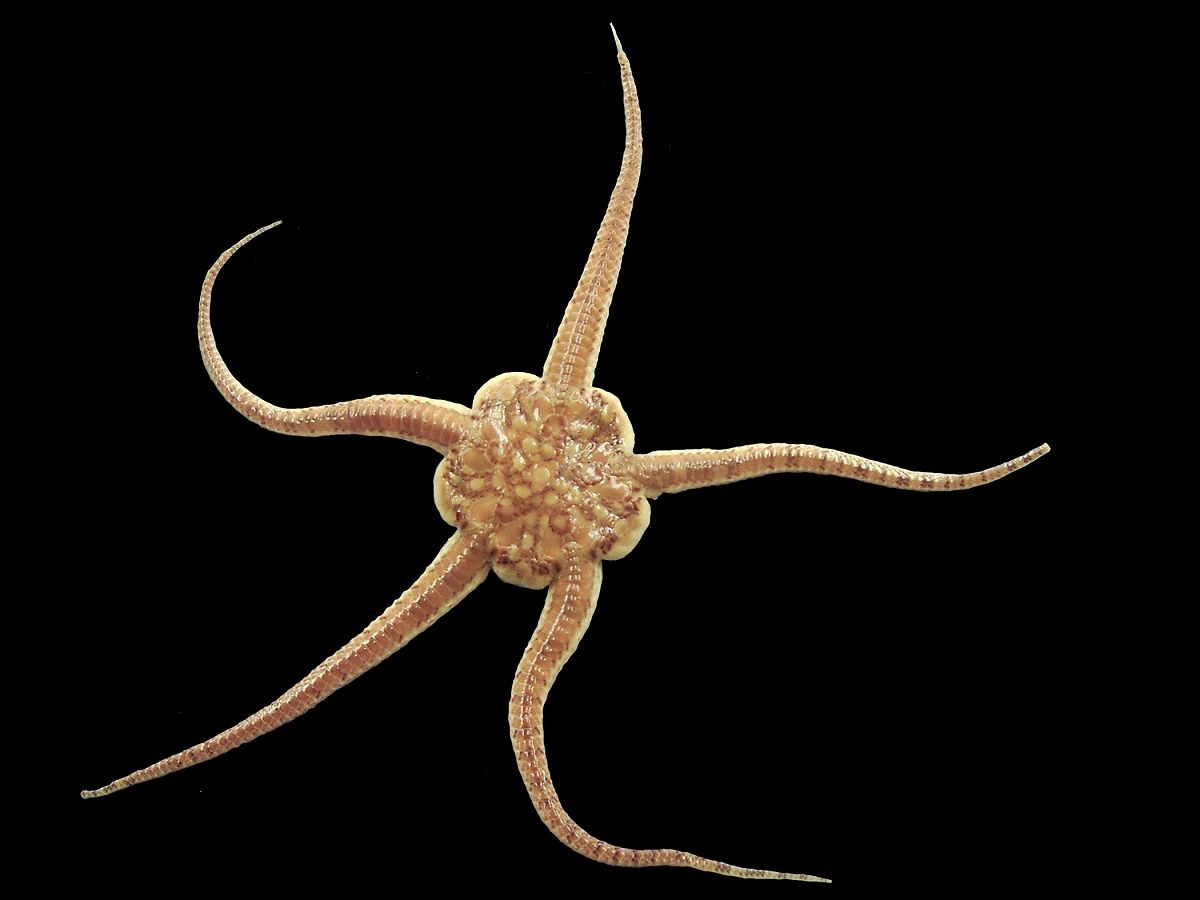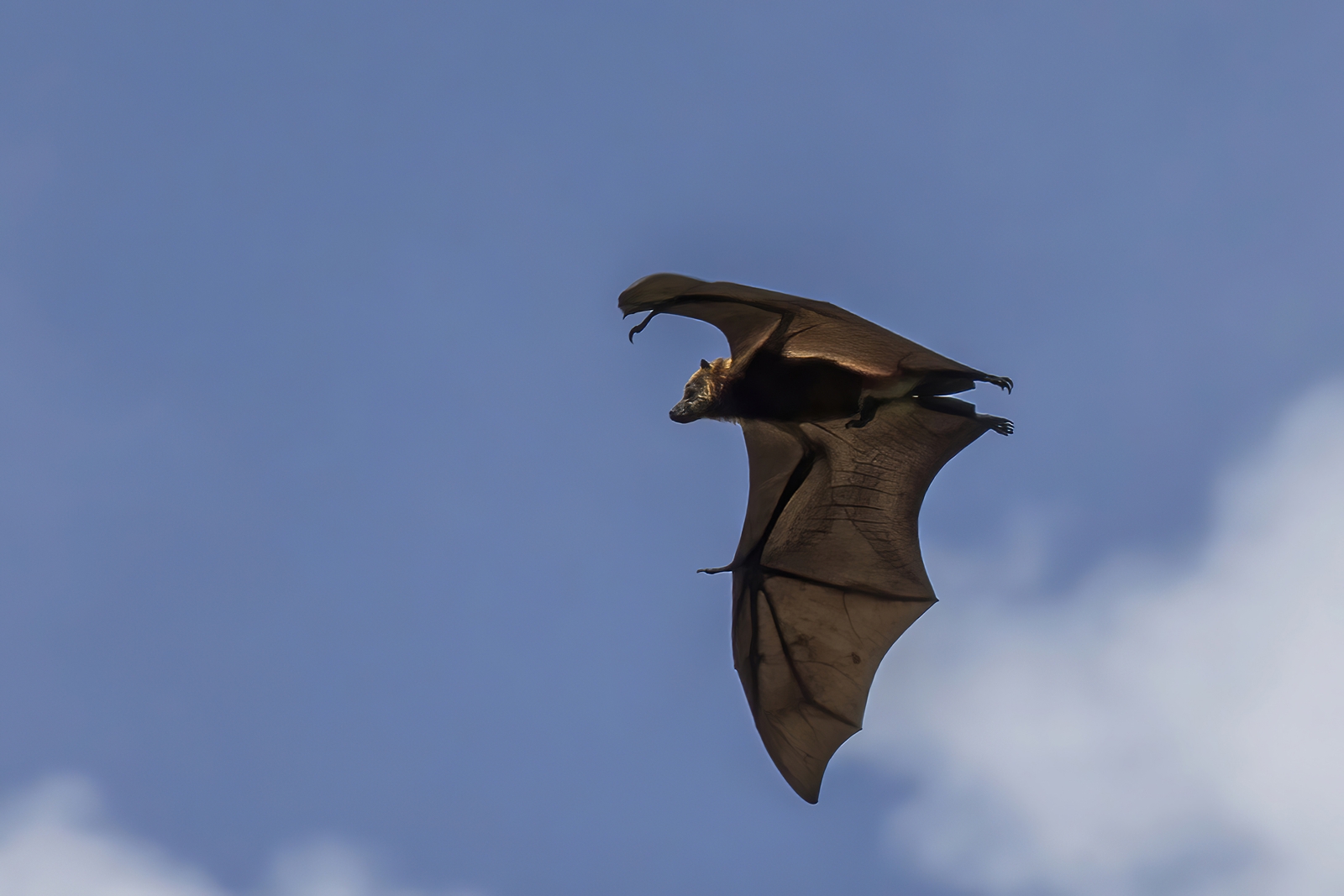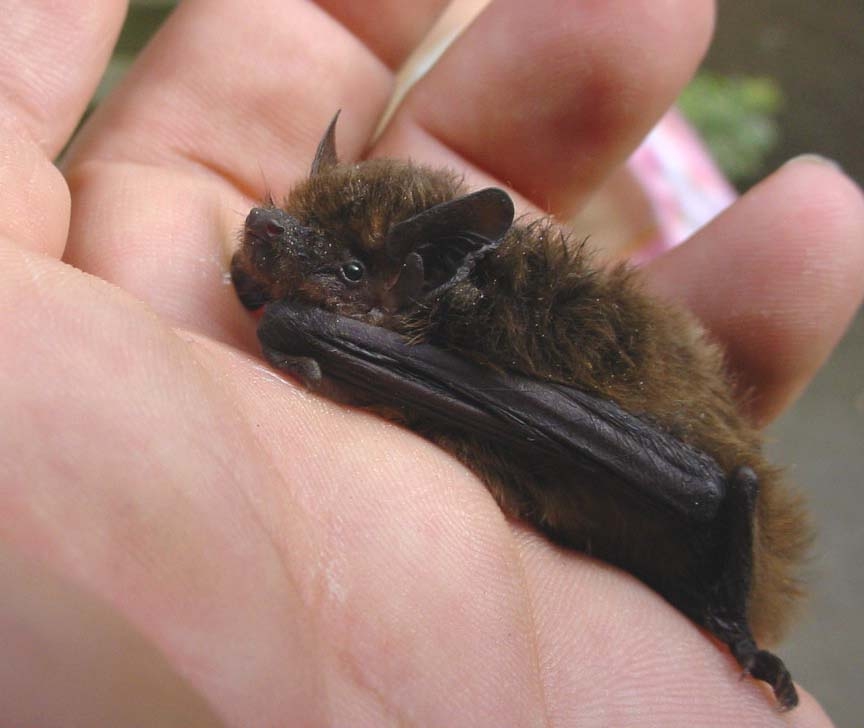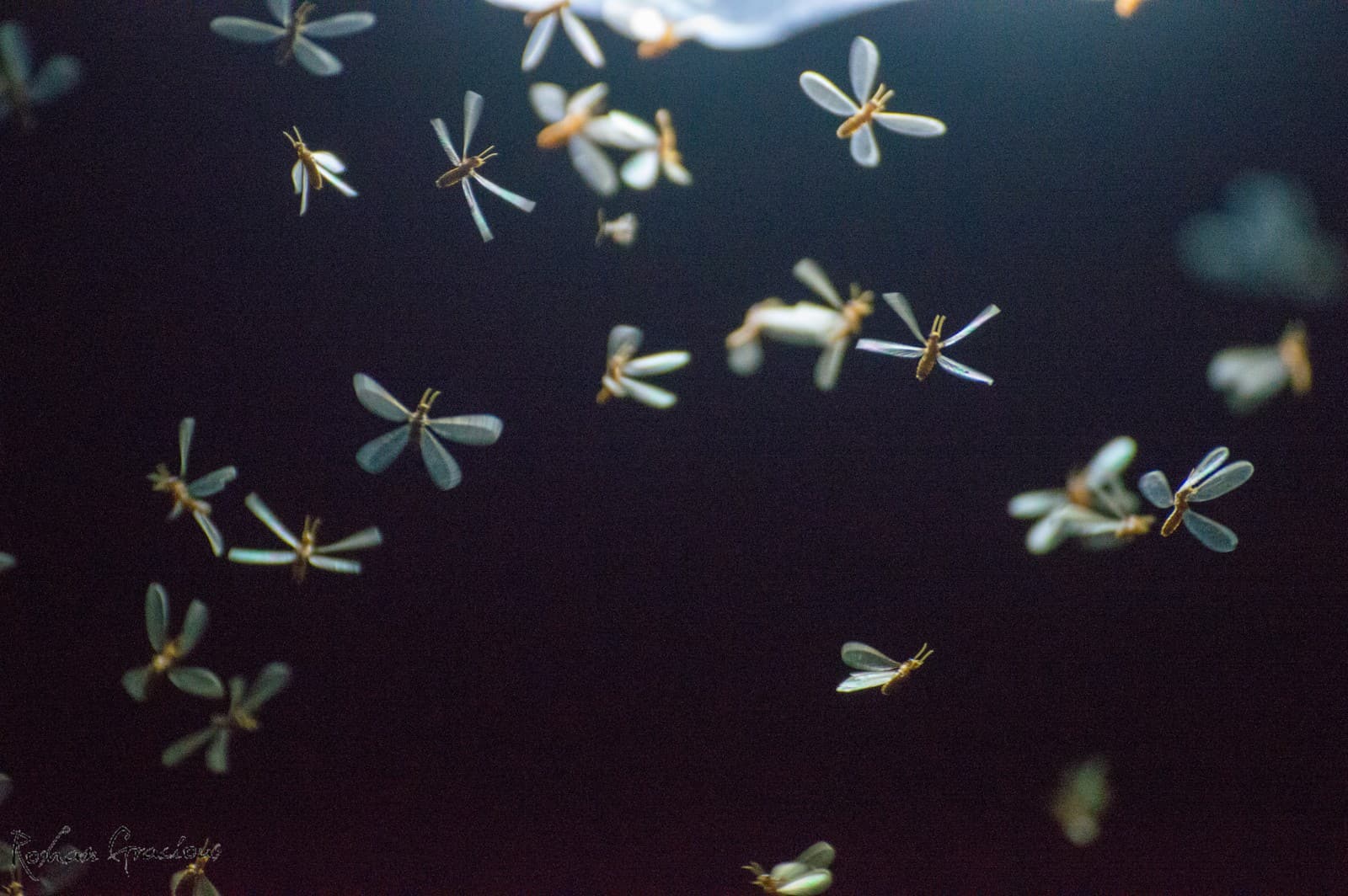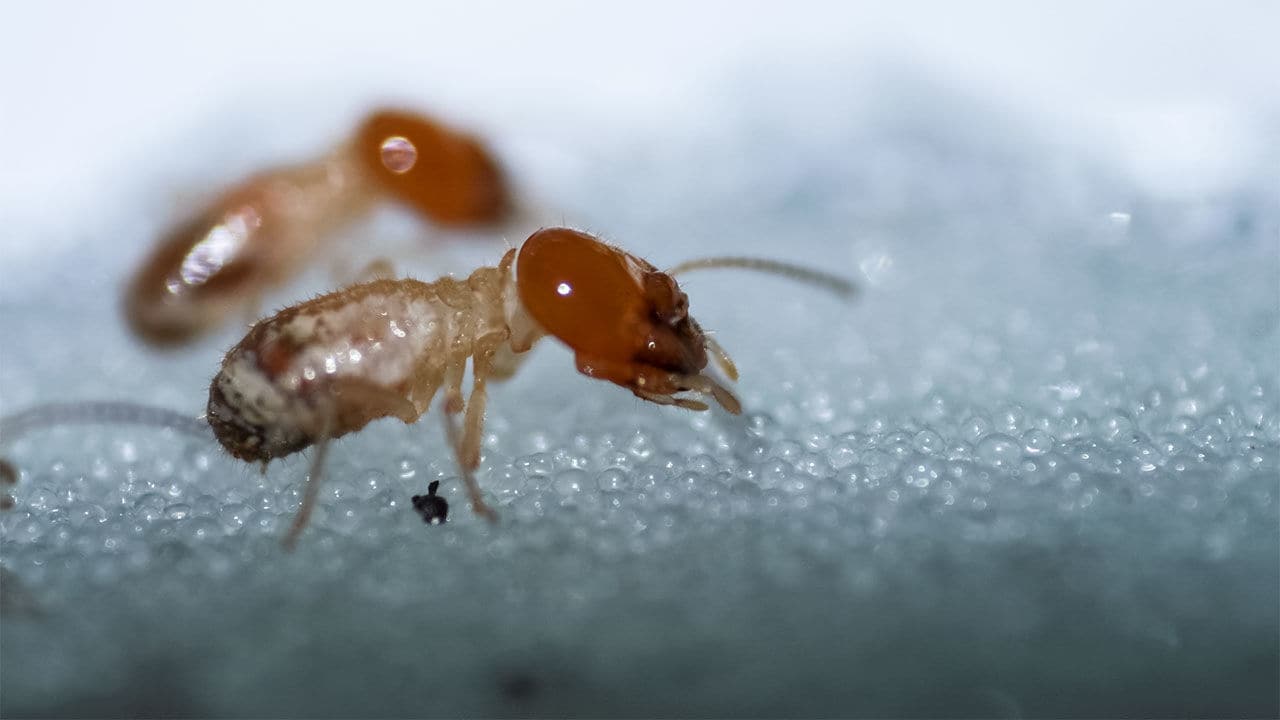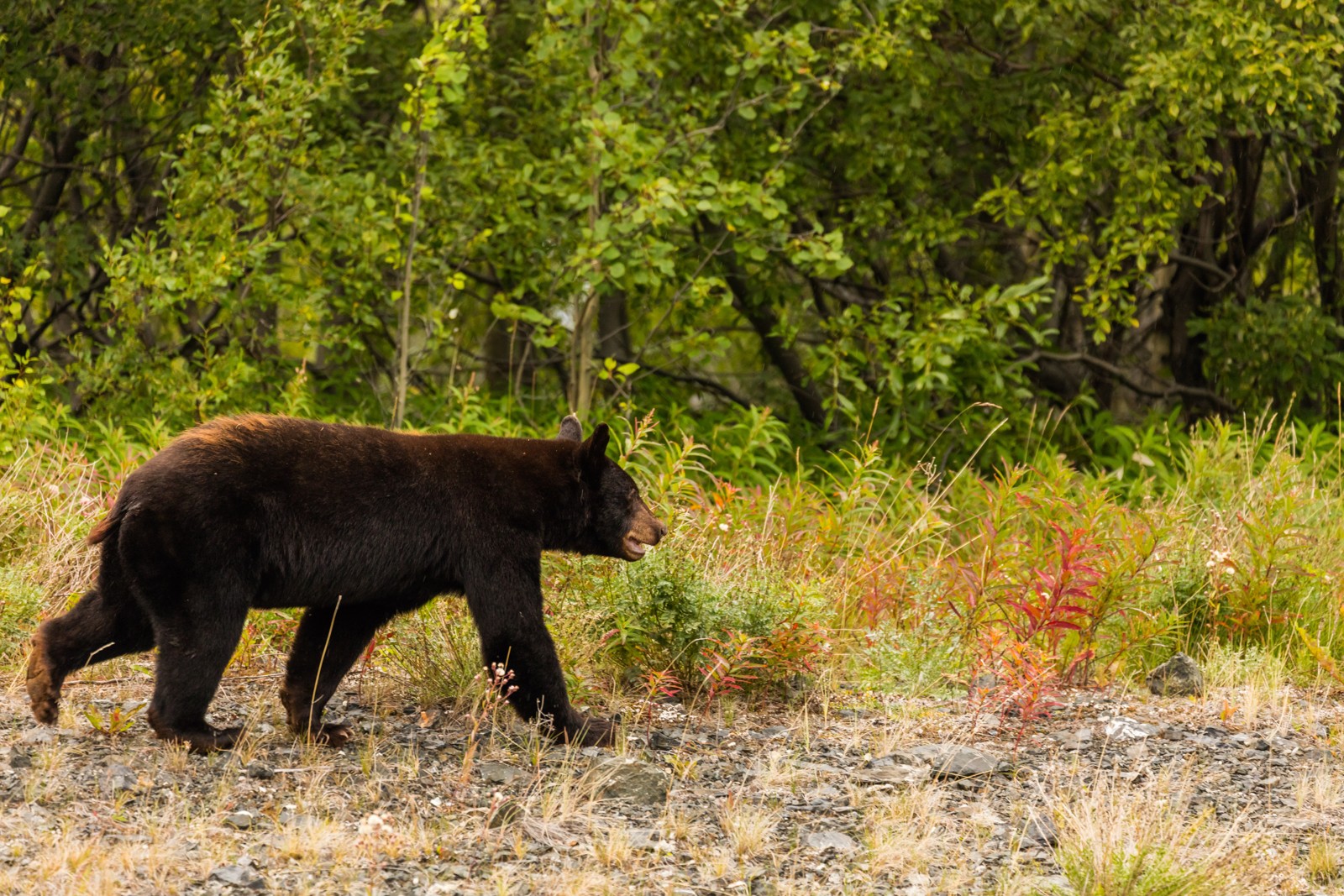Tapir vs Peccary: A Complete Comparison
While tapirs and peccaries both roam the Americas’ tropical forests, these hoofed mammals couldn’t be more different. Tapirs, weighing up to 700 pounds (317 kg), dwarf their peccary cousins, which typically reach only 60 pounds (27 kg). The most striking distinction between tapir vs peccary is their appearance: tapirs sport a distinctive prehensile snout, while peccaries resemble wild pigs with their shorter, blunter noses.
These remarkable creatures have evolved to fill distinct ecological niches. Tapirs are solitary browsers that play crucial roles in seed dispersal throughout rainforest ecosystems. Peccaries, conversely, travel in groups called sounders and are opportunistic omnivores that significantly impact their environment through intensive foraging.
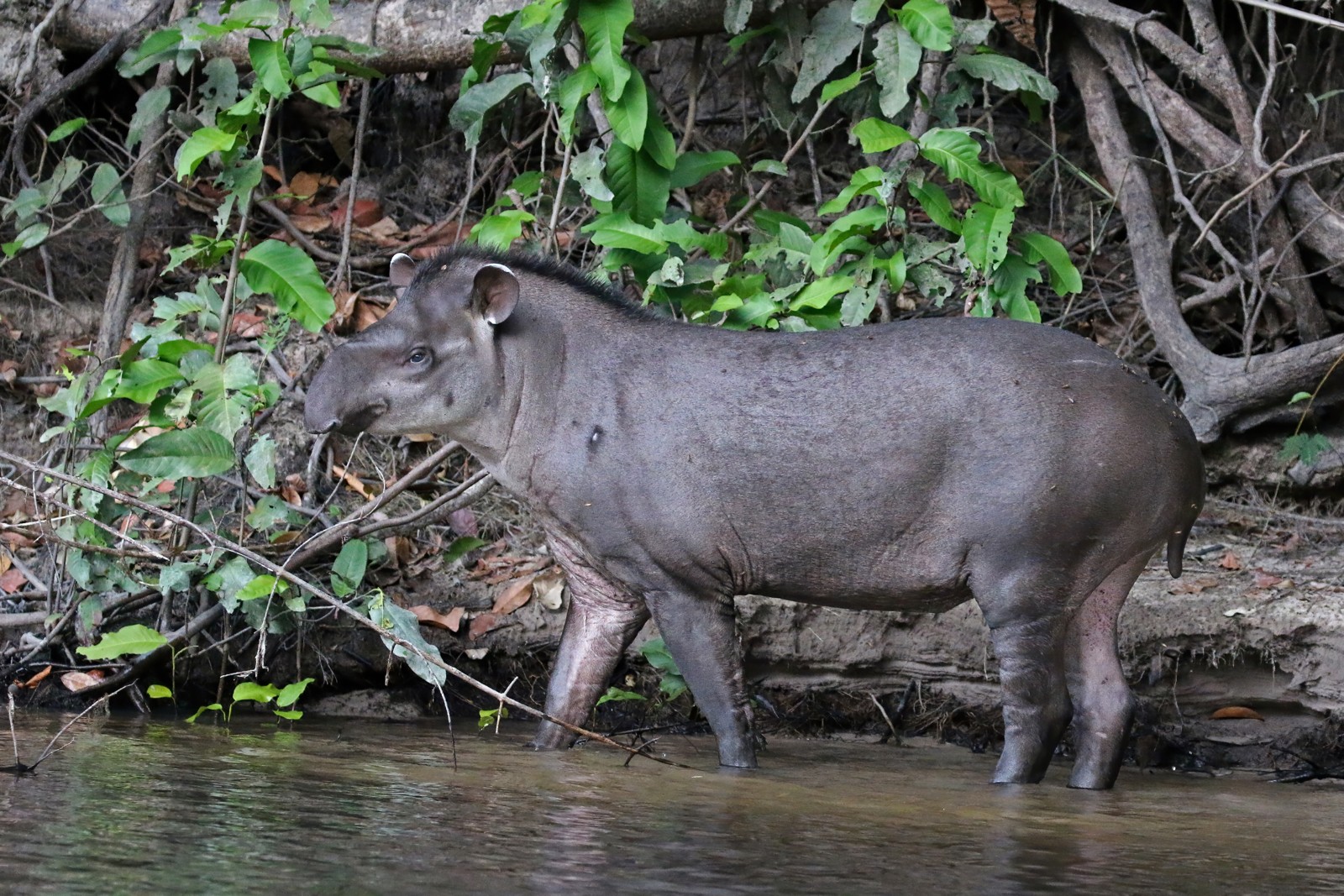
© Charles J. Sharp / CC BY-SA 4.0
The tapir’s massive frame and characteristic trunk-like snout make it unmistakable among New World mammals. This adaptable herbivore uses its prehensile nose to grasp vegetation and navigate through dense jungle undergrowth.
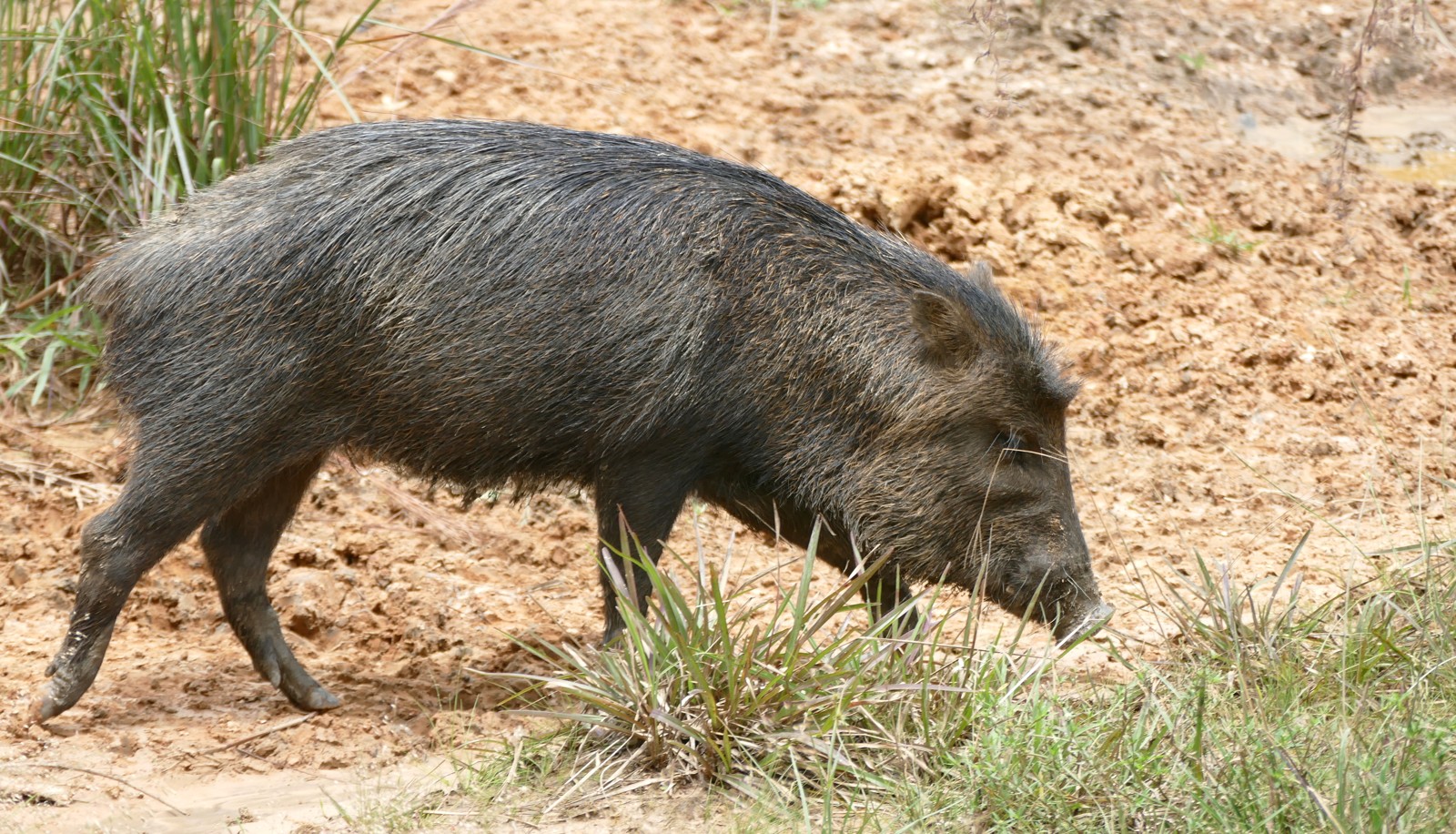
© Bernard DUPONT from FRANCE / CC BY-SA 2.0
Peccaries exhibit their pig-like characteristics while foraging, though they’re not true pigs. Their compact bodies and social behavior distinguish them from their larger tapir relatives.
Key Differences Between Tapirs and Peccaries
| Feature | Tapir | Peccary |
|---|---|---|
| Size | 6-8 feet long (1.8-2.4 m) | 3-4 feet long (0.9-1.2 m) |
| Weight | 330-700 lbs (150-317 kg) | 35-60 lbs (16-27 kg) |
| Social Structure | Solitary or pairs | Groups of 8-30 individuals |
| Diet | Herbivorous | Omnivorous |
| Nose Structure | Long, prehensile snout | Short, pig-like snout |
| Habitat Range | Dense rainforest, usually near water | Various habitats, including desert |
Habitat and Distribution
Tapirs primarily inhabit tropical and subtropical forests near water sources, essential for their semi-aquatic lifestyle. These remarkable mammals can be found from southern Mexico through Central America and into South America’s Amazon Basin.
Peccaries demonstrate greater habitat flexibility, thriving in environments ranging from Arizona’s Sonoran Desert to South America’s rainforests. Their adaptability allows them to survive in diverse conditions, from arid scrublands to humid tropical forests.
Behavioral Differences
Social Structure
Tapirs lead predominantly solitary lives, only coming together for mating and when females care for their young. Adult tapirs maintain loose territories and communicate through whistles and scent marking.
Peccaries, however, are highly social animals living in cohesive groups. These sounders demonstrate complex social hierarchies and coordinate their activities, from foraging to defending territory against predators.
Feeding Habits
The tapir’s prehensile snout serves as a highly efficient browsing tool, allowing it to selectively pluck leaves, fruits, and aquatic vegetation. Their diet consists entirely of plant matter, making them important seed dispersers in forest ecosystems.
Peccaries display more versatile feeding behaviors, consuming roots, tubers, fruits, and small animals. Their powerful jaws and social foraging strategy enable them to access food sources unavailable to tapirs.
Defense Mechanisms
When threatened, tapirs typically flee into water or dense vegetation. Their size and powerful build make them formidable opponents when cornered, capable of delivering serious bites with their strong jaws.
Peccaries rely on group defense, forming tight circles when threatened. Their sharp tusks, though smaller than tapirs’ teeth, can inflict significant damage. They’re known for their fearless group defense against predators like jaguars.
Conservation Status
Both species face significant challenges from habitat loss and hunting pressure. Several tapir species are listed as vulnerable or endangered on the IUCN Red List, while peccary populations remain more stable but face increasing threats from human expansion.
Who Would Win in a Confrontation?
While both animals typically avoid conflict, a tapir’s superior size and strength would likely prevail in a direct confrontation. However, peccaries’ group defensive strategy makes them formidable opponents, especially when protecting their young or territory.
Understanding these remarkable mammals helps highlight the incredible diversity of New World ungulates and their vital roles in maintaining healthy ecosystems. Whether observing a solitary tapir browsing riverside vegetation or encountering a sounder of peccaries foraging through the undergrowth, these animals exemplify the remarkable adaptations that have evolved in the Americas’ varied landscapes.
